
Fourier Analysis: Overview
This video presents an overview of the Fourier Transform, which is one of the most important transformations in all of mathematical physics and engineering. This series will introduce the...
See MoreParticle Filter Explained without Equations
This video provides a quick graphical introduction to the particle filter. It does a good job building some intuition behind the filter without ever touching on any mathematics. It's worth a...
See MoreUnderstanding Model Predictive Control, Part 2: What is MPC?
Learn how model predictive control (MPC) works. Using a simple car example, this video provides insight into an MPC controller’s strategy for finding the optimal steering wheel angle to...
See MoreFrequency domain – tutorial 9: frequency response
In this video, the learning objectives are to:1- fully understand the frequency response which forms the foundation of filtering 2- quickly review the common...
See MoreEuler Angles and the Euler Rotation Sequence
In this video we discuss how Euler angles are used to define the relative orientation of one coordinate frame to another.
See MorePeter Ponders PID - Feed Forward Theory and Calculations
The Fourier Transform and Convolution Integrals
This video describes how the Fourier Transform maps the convolution integral of two functions to the product of their respective Fourier Transforms.
See MoreDynamic Behavior and Input Types in Process Control
An introduction to the four types of dynamic behavior and five types of inputs (step, ramp, pulse, impulse, and sinusoidal), and why transfer functions are u...
See MoreLecture 29: State space representation
Intro to Process Control
I discuss the motivation and introduce the logic behind controllers that engineers design to respond to errors in outputs (deviations from set points). P and...
See MoreTikZ source Code: Nested subsystems
TikZ source Code: Nested subsystems
See MoreLecture 19: Lead and PD compensator Design using Root Locus
Routh Array and Stability
I show how we can find the range of allowed controller gains for a system that will allow us to maintain stability using a Routh Array.
See MoreStanford CS234: Reinforcement Learning | Winter 2019 | Lecture 4 - Model Fre...
Professor Emma Brunskill
Assistant Professor, Computer Science
Stanford AI for Human Impact Lab
Stanford Artificial Intelligence Lab
Statistical Machine Learning Group
Bode Plots by Hand: Complex Poles or Zeros
This is a continuation of the Control Systems Lectures. This video describes the benefit of being able to approximate a Bode plot by hand and explains what a Bode plot looks like for a...
See MoreRoot Locus Plot: Common Questions and Answers
In this video I go through some of the common questions I've received on my other root locus videos. 1) Why do we call the poles of a system the roots?2) How do I plot the damping ratio...
See MoreThe Laplace Transform - A Graphical Approach
A lot of books cover how to perform a Laplace Transform to solve differential equations. This video tries to show graphically what the Laplace Transform is doing and why figuring out the...
See MoreNumerically Calculating Partial Derivatives
In this video we discuss how to calculate partial derivatives of a function using numerical techniques. In other words, these partials are calculated withou...
See MoreSmart Projectile State Estimation Using Evidence Theory
This journal article provides a very good practical understanding of Dempster-Shafer theory using sensor fusion and state estimation as the backdrop.
See MoreGain and Phase Margins Explained!
In this video I explain gain and phase margins. If you are confused by this topic I hope this video will help tie all of the concepts together that go into understanding what gain and phase...
See MoreSingular Value Decomposition (SVD): Mathematical Overview
This video presents a mathematical overview of the singular value decomposition (SVD).
See MoreThe Inverse Laplace Transform
In this video we show how to perform the inverse Laplace transform on a signal in the Laplace domain to obtain its equivalent representation in the time doma...
See MoreData-Driven Control: Eigensystem Realization Algorithm
In this lecture, we introduce the eigensystem realization algorithm (ERA), which is a purely data-driven algorithm to obtain balanced input—output models from impulse response data. ERA was...
See MoreSVD: Importance of Alignment [Matlab]
This video describes the importance of aligning data when using the singular value decomposition (SVD) (Matlab code).
See More
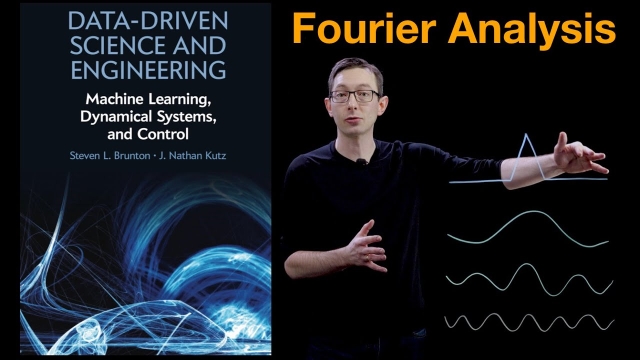
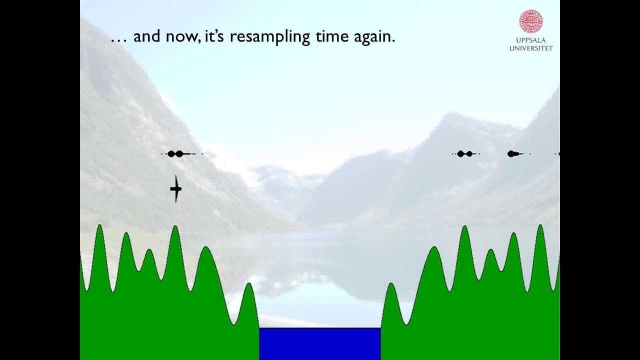
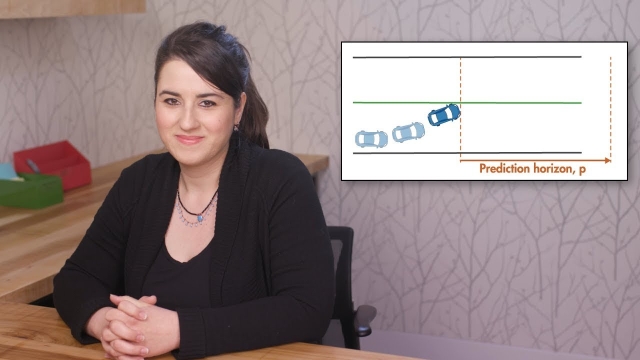


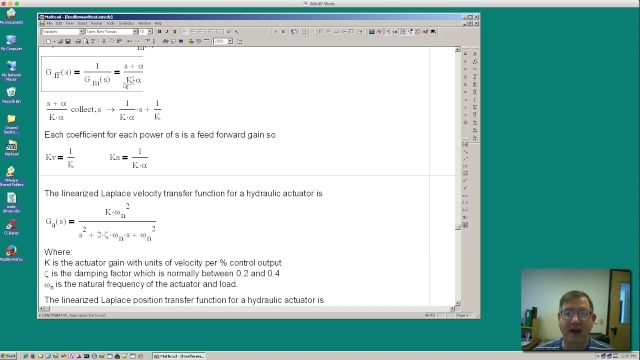
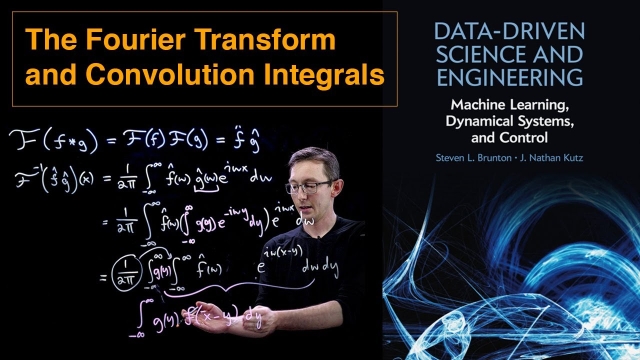
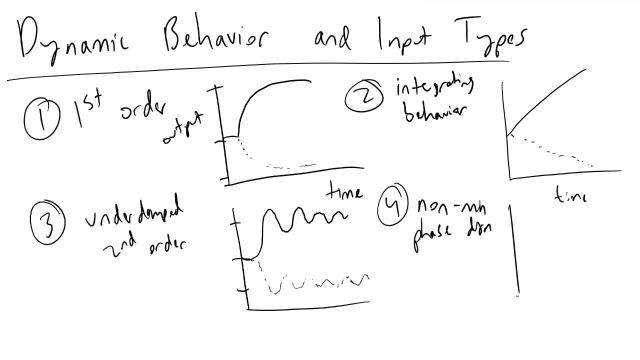


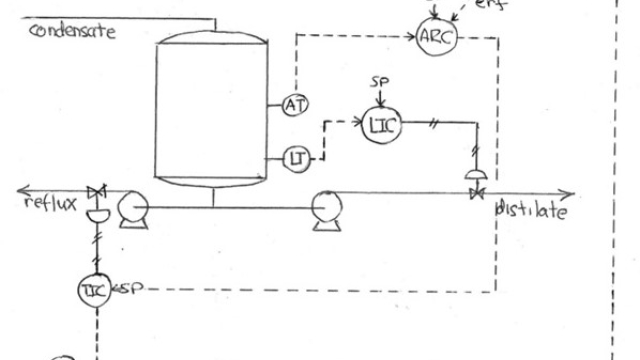
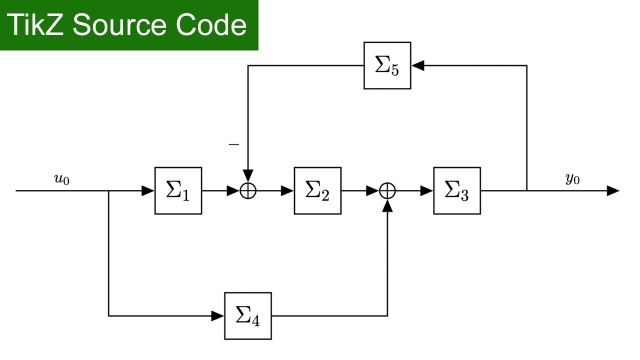
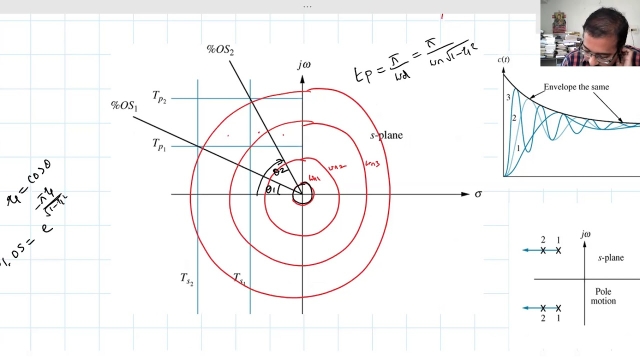
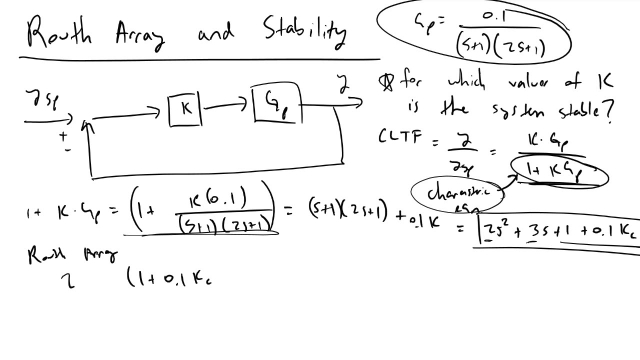
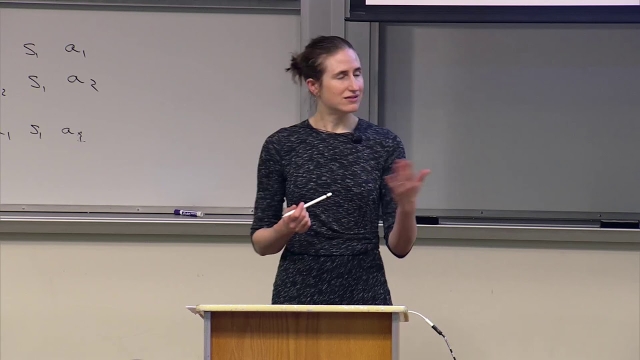
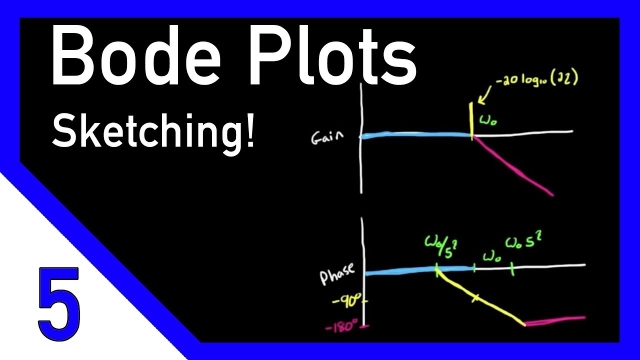
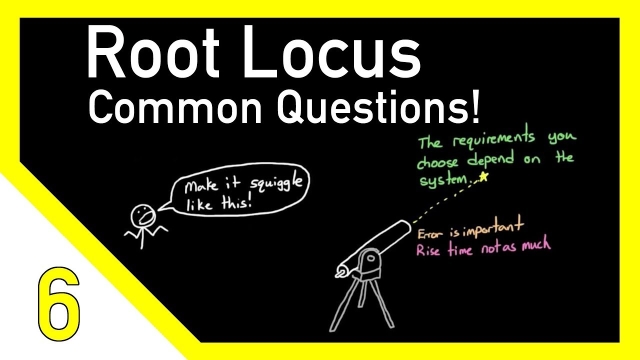

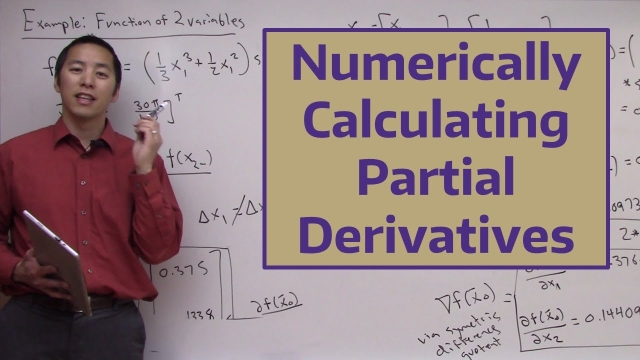
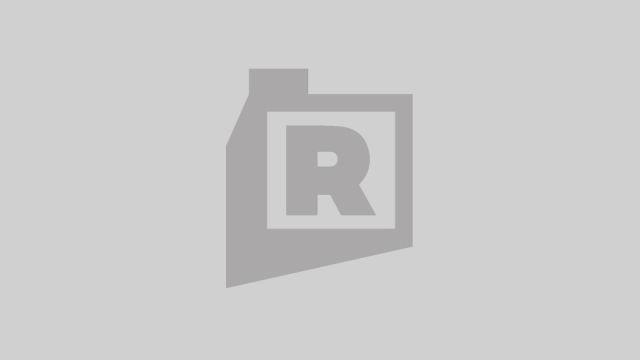
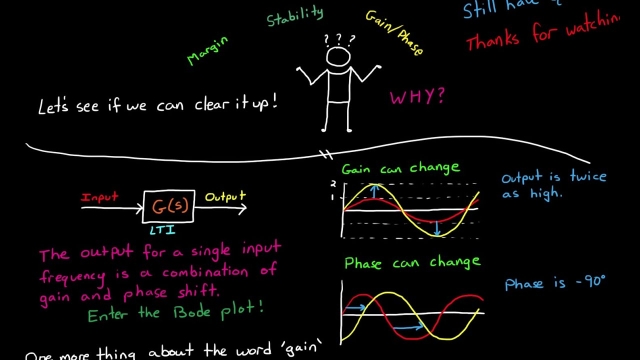
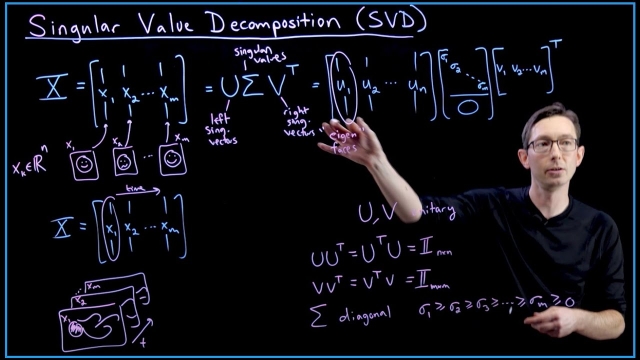

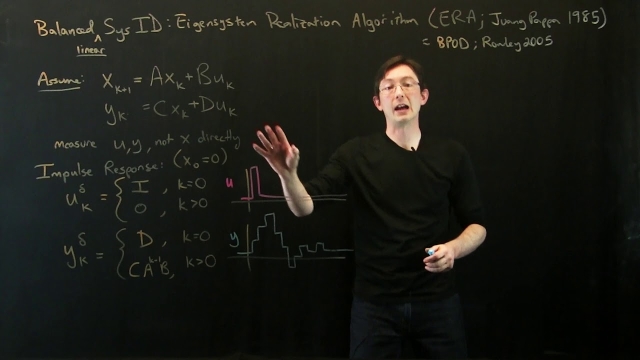
![SVD: Importance of Alignment [Matlab]](/sites/default/files/styles/search_resulkts/public/2020-12/maxresdefault_421.jpg?itok=xDlrjOXt)